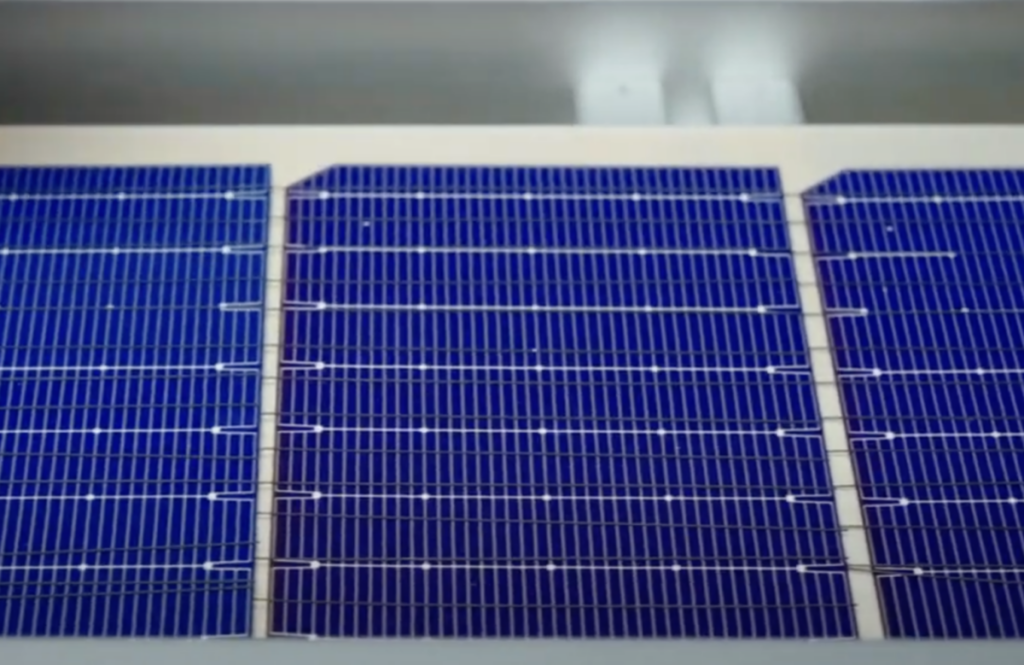Solyco is developing a new technology for low temperatures for the mutual connection of solar cells. It consists of a round copper core with a diameter of 280 μm that is covered with a very thin layer of silver for corrosion protection and then surrounded by a 40 μm coating of an electrically conductive thermoplast.
The German Startup Solyco has presented a new interconnection technique for the low temperature that does not require the use of silver, lead or bismut.
The proposed technology is called thermoplastic and electrically conductive coating (TECC connect), consists of a round copper core with a diameter of 280 μm that is covered with a very thin layer of silver for corrosion protection and then surrounded by a 40 μm coating of an electrically conductive thermoplastic.
It is implemented by a process that is comparable to Multibusbar technology, in which cables are covered with an electrically conductive thermoplast instead of a soldering alloy. With this approach, however, the cables can be processed with a somewhat modified commercial stringer, whereby the melting point of the coating is designed in a range between 130 ° C and 180 C.
With different chemistry of the coating, a wide variation in process temperature can be achieved and the material can be designed for the respective type of solar cell. The melting temperature of the coating can be adjusted by using different thermoplastics for the wire coating.
According to Solyco, there is no limitation in the number of threads used per solar cell. Moreover, there is no dressable electrical contact
Surface, buses and flux are required in the production step.
“With TECC we achieve material independence of silver and make it possible Restriction of hazardous substances (Rohs) Compliance, “said Lars Podlowski, director and CTO of Solyco.
According to Solyco, the elimination of silver lowers the material costs in the production of module by a maximum of 10%. “TECC-Connect is ideal for highly efficient solar cells such as hetero junction (HJT) and Tandem Perovskiet solar cells,” said Podlowski.
The first industrially manufactured TECC Connect -Zonnemodules are presented in May in Intersolar, Munich, Germany. The HJT modules are composed of cells connected to copper plating instead of silver fingers, according to Podlowski.
According to Solyco, technology has passed all standard quality and sustainability tests. The company is currently working with various non -specific industrial partners to scale up industrial mass production and launch the first products in 2026.
This content is protected by copyright and may not be reused. If you want to work with us and reuse part of our content, please contact: editors@pv-magazine.com.

